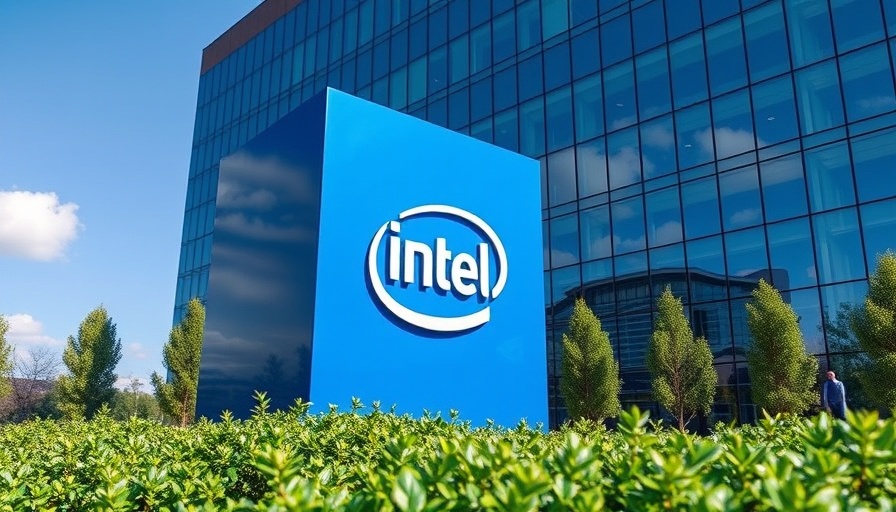
Intel's Pivotal Shift: Meet Lip-Bu Tan, the New CEO
In a strategic move aimed at revitalizing its fortunes, Intel has appointed Lip-Bu Tan as its new CEO, succeeding interim co-CEOs David Zinsner and Michelle Johnston Holthaus. This appointment signals a significant chapter in Intel’s effort to navigate its challenges in the semiconductor market.
Why Tan's Experience Matters
Tan, a veteran of the semiconductor industry and former CEO of Cadence Design Systems, brings extensive experience and a strong network to Intel. His leadership is crucial as the company seeks to re-establish itself as a frontrunner in innovation, especially as it has struggled with competition from rivals like Nvidia and the inability to capture significant market share in the burgeoning AI sector. Under Tan's direction, Intel's stock saw a notable increase of 11% in after-hours trading, reflecting market optimism about his leadership and vision.
Can Intel Turn Its Fortunes Around?
With Tan's appointment coming amidst a tumultuous period for Intel, the expectation is high. Once a titan of the technology sector, Intel has faced numerous hurdles, including a substantial drop in share price and significant job cuts under previous leadership. Tan will not only have to navigate these existing challenges but also spearhead efforts to re-engage in manufacturing and innovate beyond traditional chips, focusing on AI and other advanced technologies.
Insights from Industry Leaders
Industry insiders believe that Tan's rejoining Intel’s board is a strategic advantage that could lead to enhanced collaboration and a streamlined focus on refining product quality and customer relationships. His vision emphasizes an engineering-first approach promising a renewed commitment to innovation and accountability, which are essential to restoring investor confidence.
Challenges Ahead: The Semiconductor Landscape
Intel's path is fraught with challenges, especially as competitive pressures mount. The company is struggling against not only well-established rivals but also newer entrants in the semiconductor space. Moreover, with major government support via the CHIPS Act, it has received billions in federal funding aimed at bolstering domestic chip manufacturing. However, its recent setbacks have raised questions about its ability to effectively leverage this support for long-term gains. Revamps in strategy under Tan's leadership will be vital to ensuring that these efforts translate into successful outcomes.
The Path Forward: Stakeholder Expectations
Tan is poised not only to revitalize product lines but also to address shareholder expectations, emphasizing transparency and commitment. His background in venture capital and industry leadership might provide fresh insights that open doors to innovative solutions, potentially differentiating Intel in a crowded market.
As Lip-Bu Tan embarks on his new role, all eyes will be on how quickly and effectively he can implement changes, foster innovation, and ultimately return Intel to its former glory.
 Add Row
Add Row  Add
Add 




Write A Comment